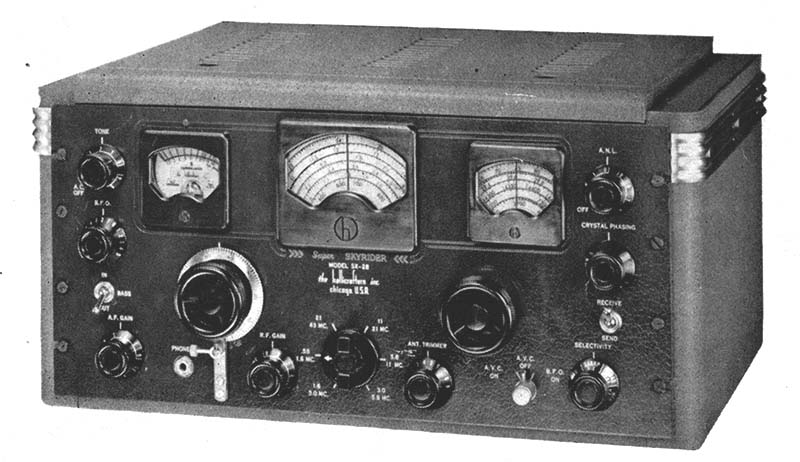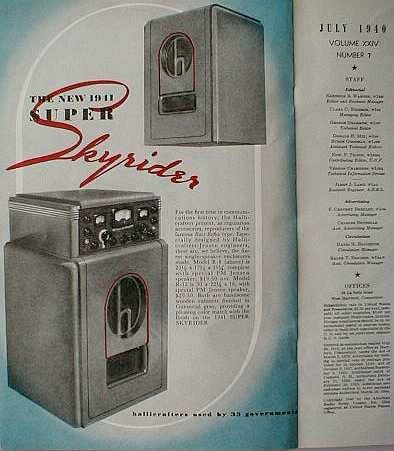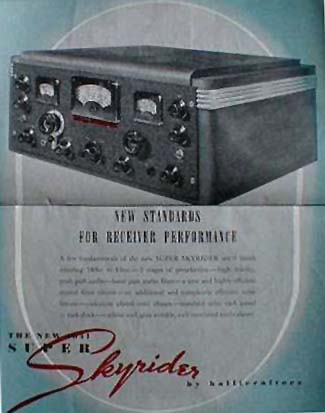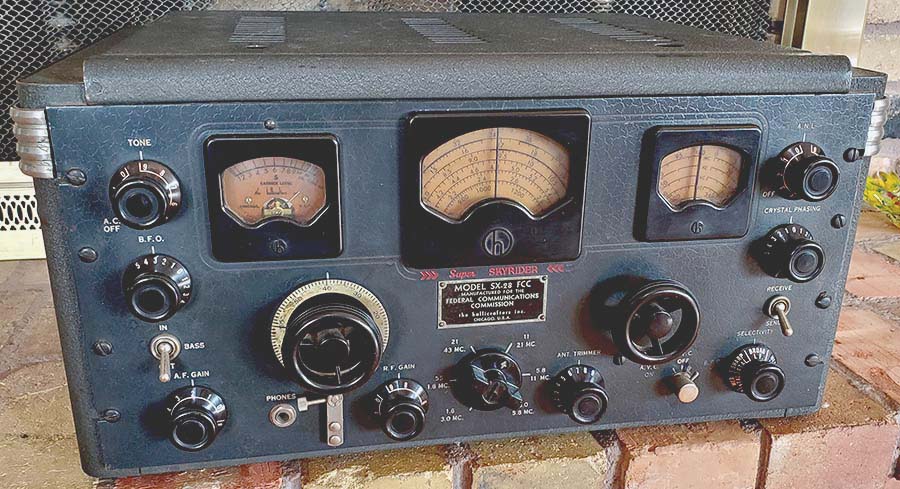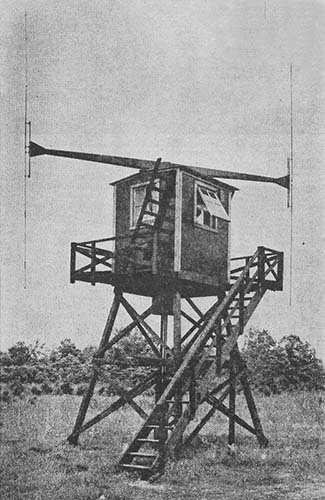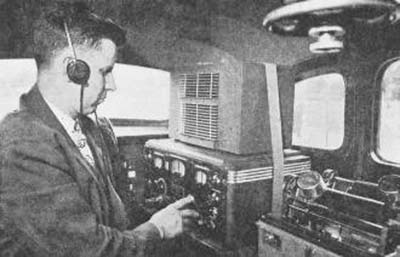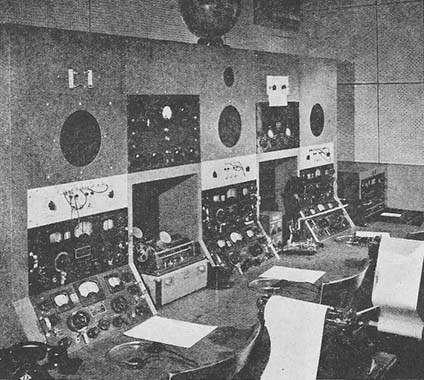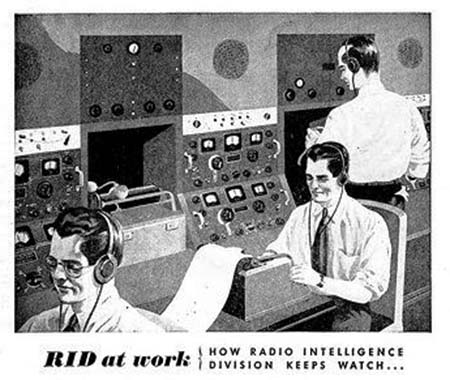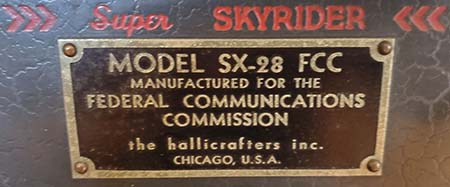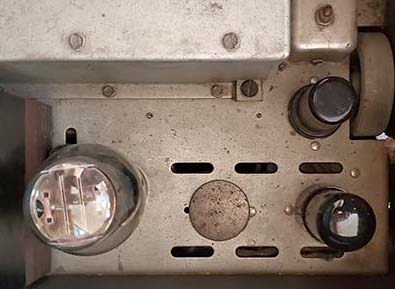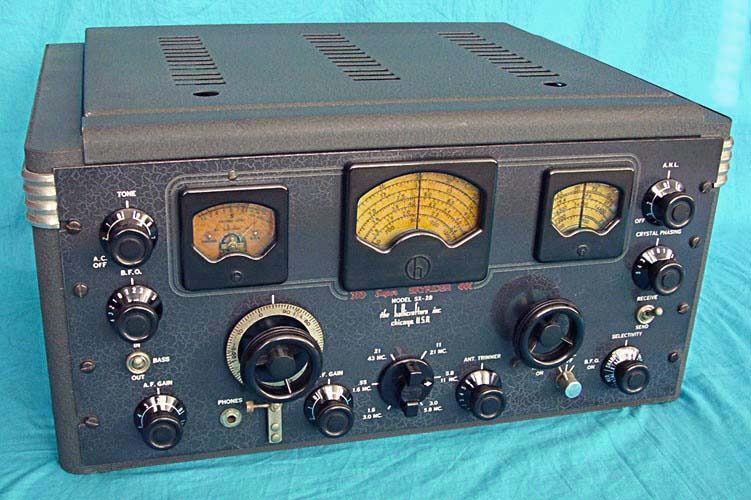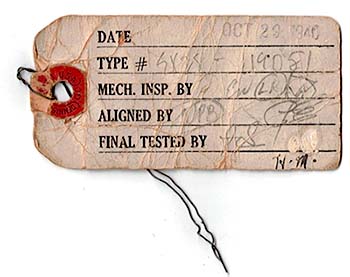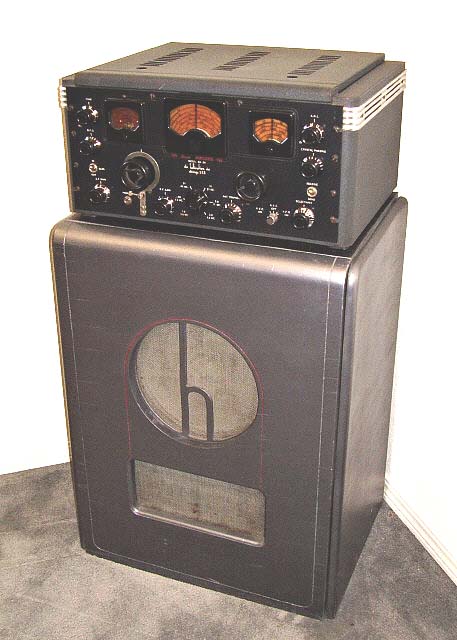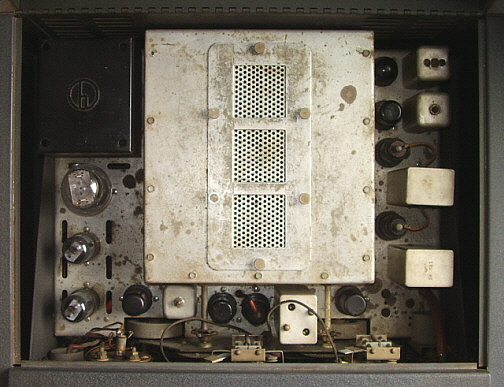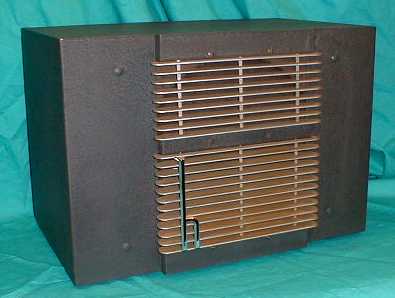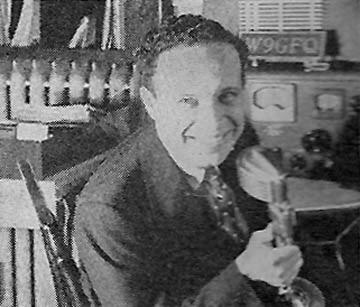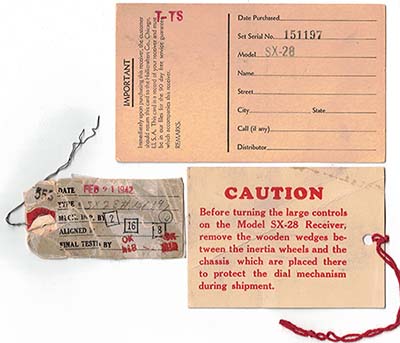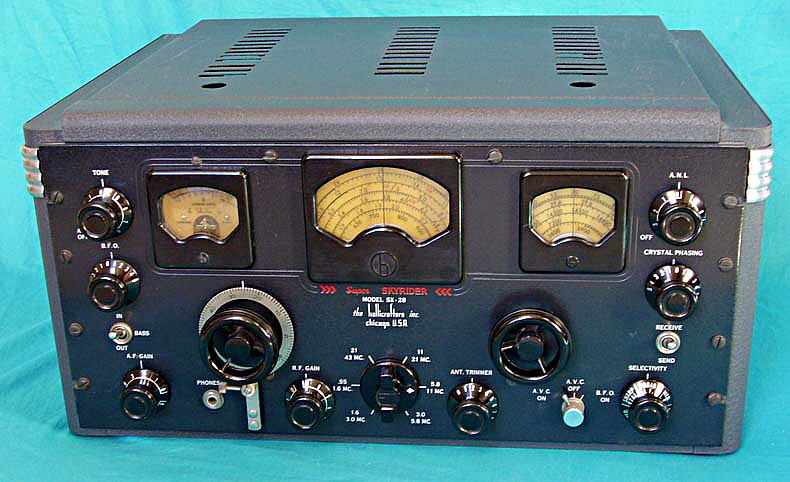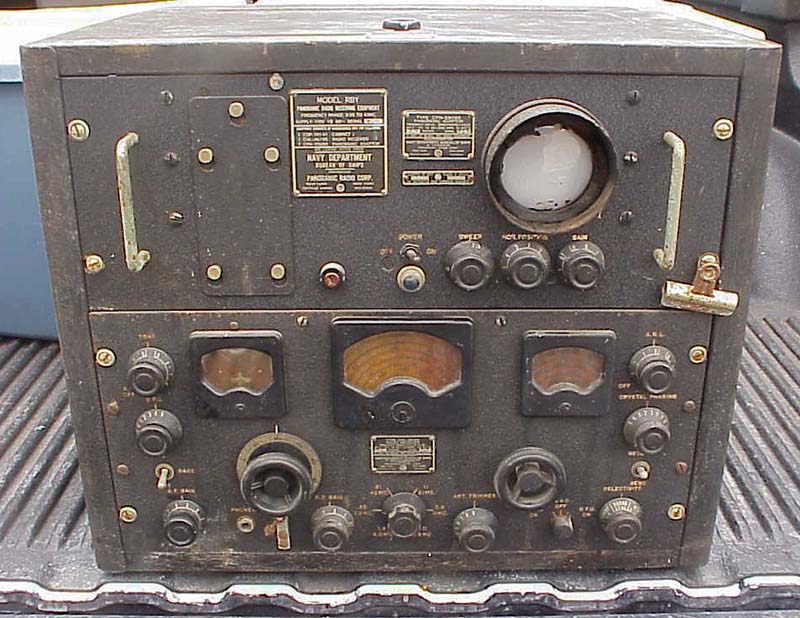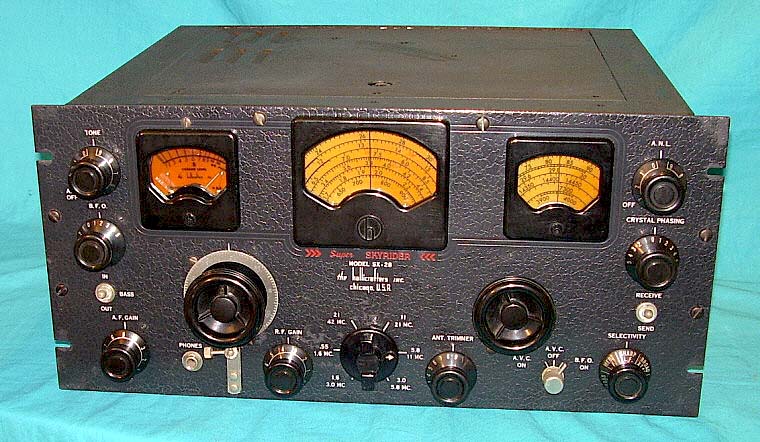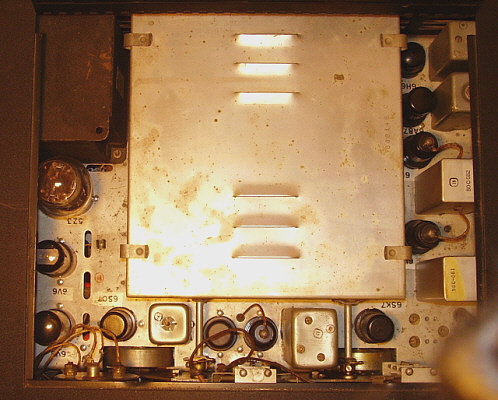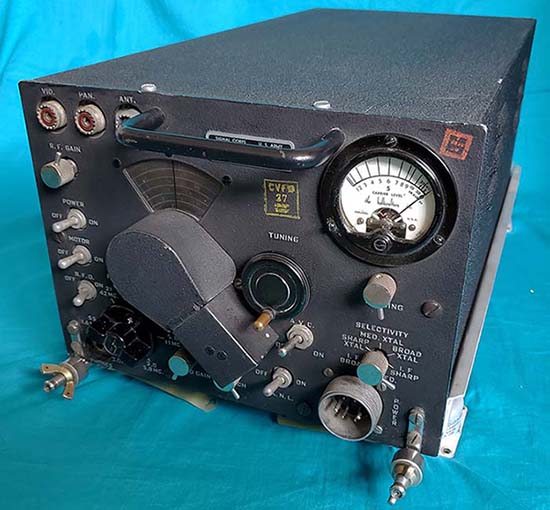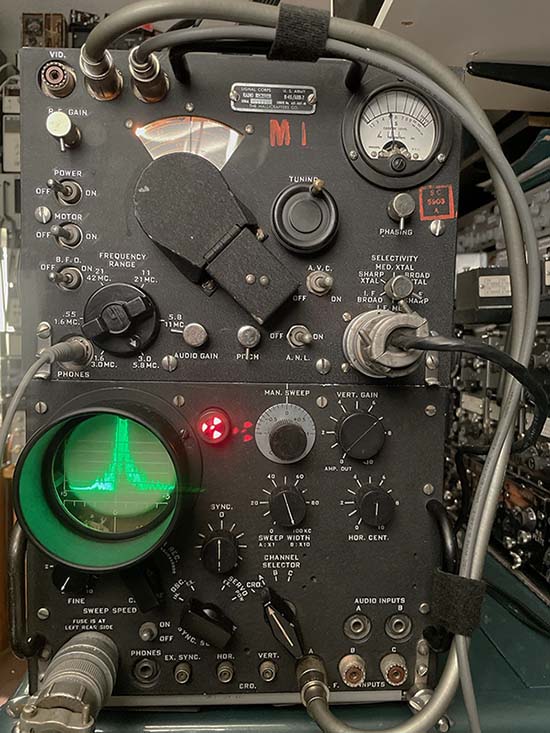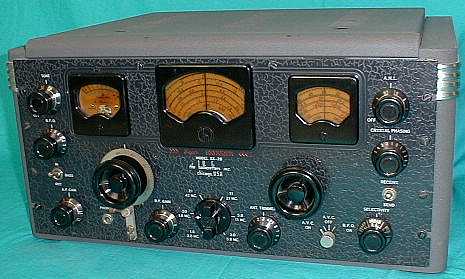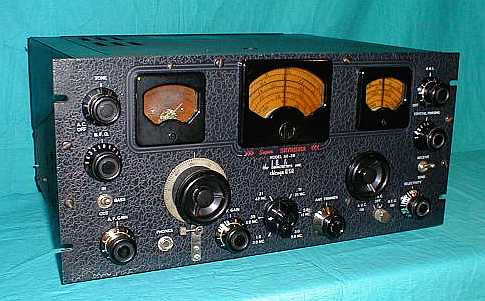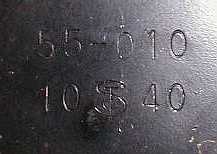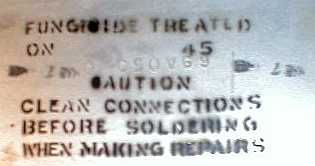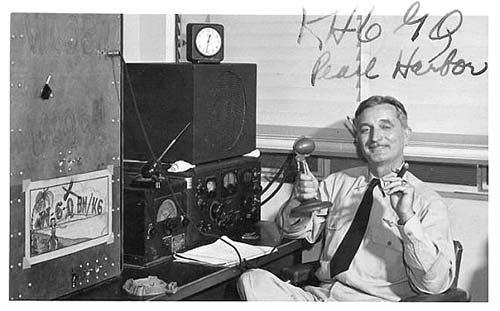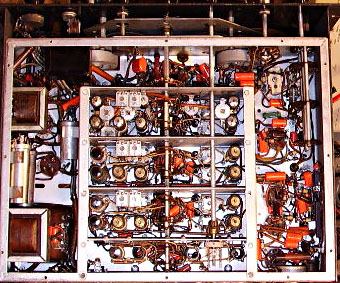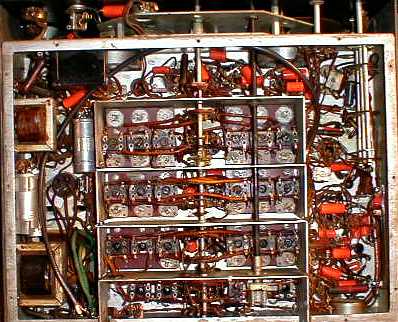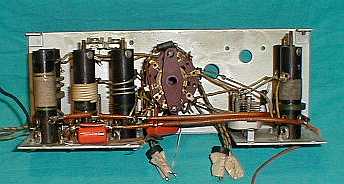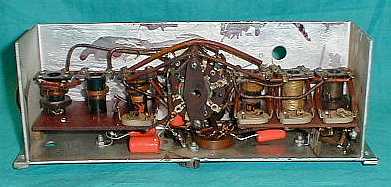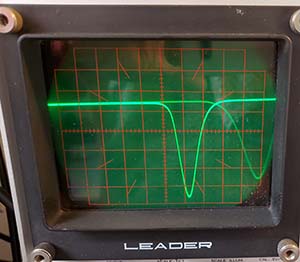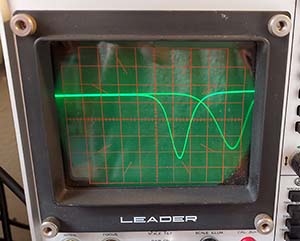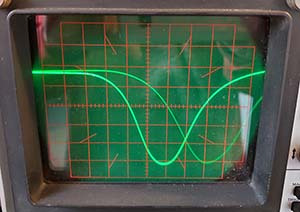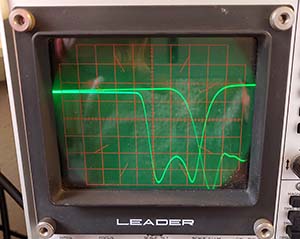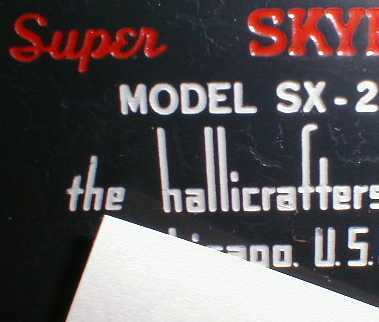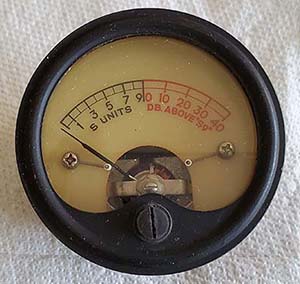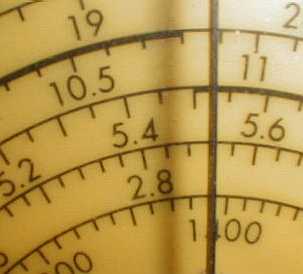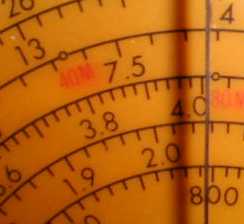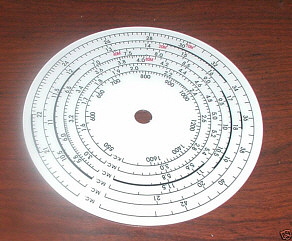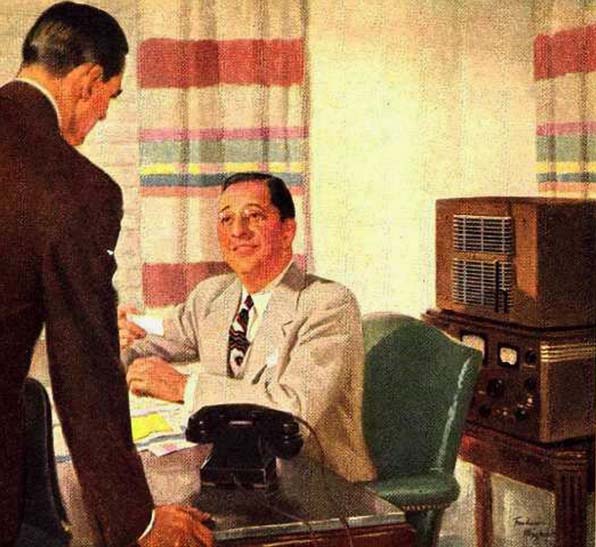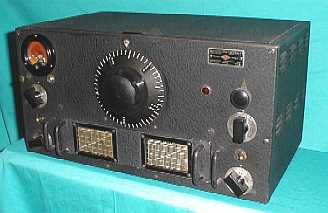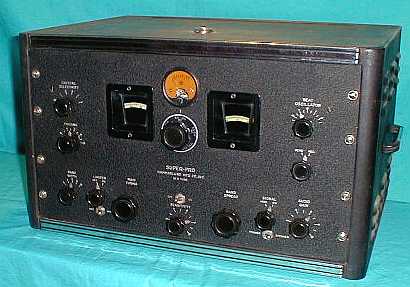|
Serial Number Log
SX-28, SX-28A
and AN/GRR-2 Receivers
In keeping with the tradition
started with the DD-1 article of providing a log of known serial numbers for
receivers, I'm now providing the same resource for SX-28, SX-28A, AN/GRR-2
and R-45/ARR-7 receivers. The serial numbers are sorted by date of manufacture
(more-or-less chronologically) and by model type. Having an online source to reference your serial number will
provide you with data as to approximate date of manufacture and general identification. If you have sent me your SX-28 serial number in the past and
it is not in the log, please send it to me again and I'll make sure it is
listed. When sending your serial numbers be sure to let me know the specific
type of SX-28 or 28A receiver you have. Send your serial numbers to:
WHRM - SX28 SERIAL NO. LOG
|
|
SX-28 Pre-war - 8/40 to 1/42:
H-115230(?), H-115244(Cfm'd), H-115250, H-115251, H-115254, H-115270, H-115275, H-115290, H-115357,
H-115388(FCC), H-115410(FCC), H-115420, H-115850(FCC), H-116208,
H-116219, H-116223, H-116239, H116268, H-116293, H-116332,
H-116362, H-116368*, H-116391, H-116418, H-116425, H-116877,
H-118962, H-119039, H-119090, H-119051*, H-120672, H-120692,
H-120728, H-120814(FCC), H-120864, H-124230, H-124389, H-124417, H-125569, H-127986*,
H-128056, H-128095, H-128195, H-128196, H-130170, H-130193, H-132738*(6-41) H-132850, H-136487, H-136508,
H-139526, H-142268, H-142317, H-142388, H-142467, H-142501, H-150090, |
Other Military SX-28 or SX-28A Rack Mounts (not AN/GRR-2) - 4/42 to 9/45:
H-163132(HD), H-169129(HD),
H-169146(?HD ver in std cab), H-181853(RBY-1),
H-181856(RBY-1), H-181862 (RBY-1),
H-181943(RBY-1), HA-2215,
HA-9667(28A),
HA-9705(28A), HA-11774(R), |
|
SX-28 WWII - 2/42 to 1/44:
H-151071(2/42civ), H-151071, H-151194 (2/42civ),
H-151197*(2/42civ),
H-151307*(2/42civ), H-151492, H-152640, H-154424**, H-156776, H-158937, H-158997, H-159006, H-161034,
H-162685, H-164727,
H-164758, H-164784, H-164953,
H-164996, H-165900, H-165949, H-166062, H-167025, H-167187**, H-167827, H-167872, H-167990,
H-170548, H-170578, H-170655, H-170808,
H-170912, H-171964(RCF?),
H-172184, H-172381, H-173611, H-173684,
H-173791, H-173798, H-173858, H-173999, H-174190, H-174254,
H-174256, H-174842, H-175411, H-176307, H-176470, H-177313, H-177442, H-178848,
H-180447, H-180455, H-180586, H-180715, H-181157,
H-181159, H-181692, H-181426, H-181715, H-181915, H-181958, H-181970, HA-2105, HA-2126, |
SX-28A civilian without "A" on panel -
8/45 to
9/45:
HA-22033, HA-22114, HA-22184, HA-22267, HA-22658, HA-22950, HA-23069, HA-23114, HA-23121, HA-23349,
HA-23367,
HA-23374,
HA-25272,
HA-25562, HA-25583, HA-27742, HA-27755,
HA-27808, HA-27852, HA-27888, |
|
SX-28A WWII - 2/44 to 8/45:
HA-2385, HA-2686,
HA-2963, HA-3088, HA-3107, HA-3124, HA-3160, HA-3168,
HA-3447, HA-3589, HA-3595, HA-3660, HA-3663, HA-9049, HA-9266, HA-9276,
HA-9325, HA-9374, HA-9446,
HA-9459, HA-11084, HA-11089, HA-11299, HA-11240, HA-11346, HA-11509, HA-11513, HA-11776,
HA-11877,
HA-12324, HA-18927, HA-18969
|
SX-28A with "A' on panel - 09/45 to 6/46:
HA-25171,
HA-27748, HA-30916, HA-30940, HA-30941, HA-30942, HA-31028, HA-31195*, HA-31397, HA-31624, HA-31633,
HA-31704, HA-31746, HA-31762, HA-31821, HA-31897, HA-35075, HA-36548, HA-36592 (Rogers-Majestic #5027,)
HA-36686 (R-M #5013),
HA-36796 (R-M #5037), HA-36886, HA-36968 (R-M #5011,)
HA-53170, HA-53212, HA-53241, HA-53245, HA-53258,
HA-53404, HA-53445, |
|
AN/GRR-2 (Mil SX-28A) - 2/44 to 4/44:
HA-2200, HA-2278,
HA-2506, HA-2546,
HA-2703, HA-2766
|
R-45/ARR-7: - 39(H),
732(H), 961(H), 1104(H) |
| * = Receiver has original dated inspection card
**=Incomplete Receiver civ
= sales to civilians up to 4/42
(FCC) = Built for FCC/RID use R = Rack mount receiver with proper dust cover
HD = Heavy-duty version of the military SX-28
(H) or (B) = Hallicrafters or Belmont on R-45/ARR-7
?
= Questionable data or combination, unknown owner, not confirmed
information Cmf'd=Confirmed SN with photo of
data plate R-M = Rogers-Majestic Canada
|
|
